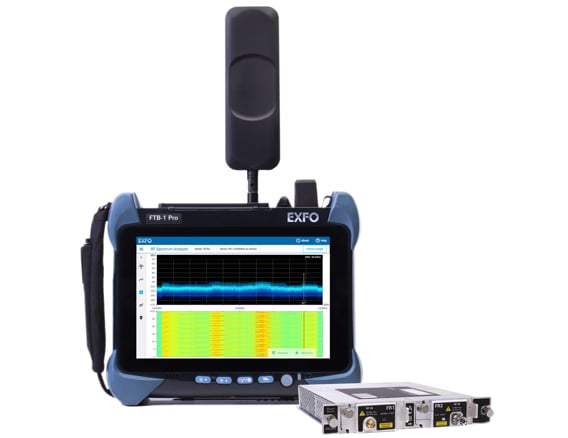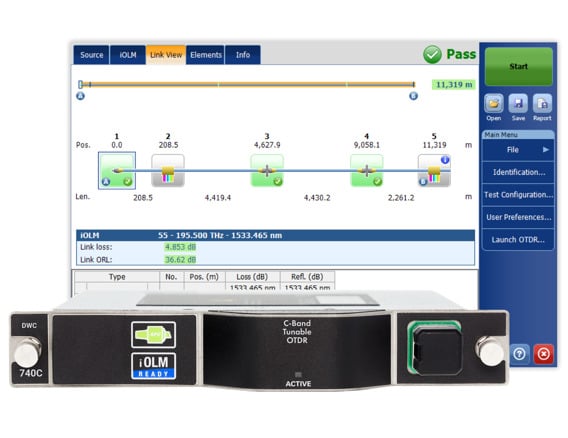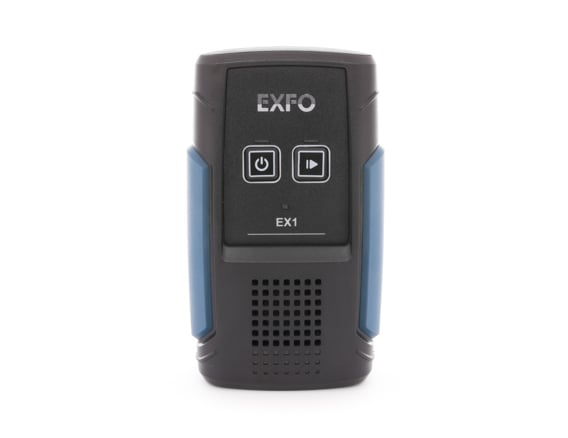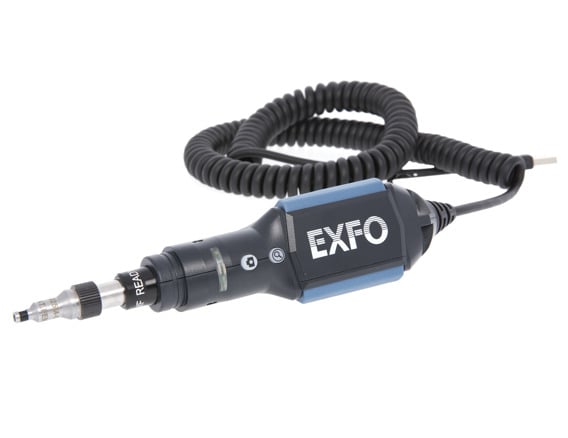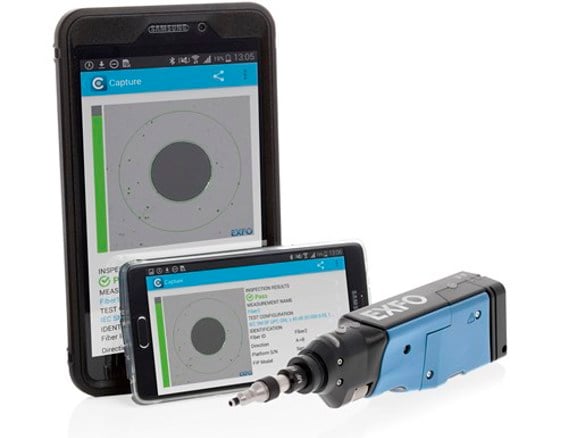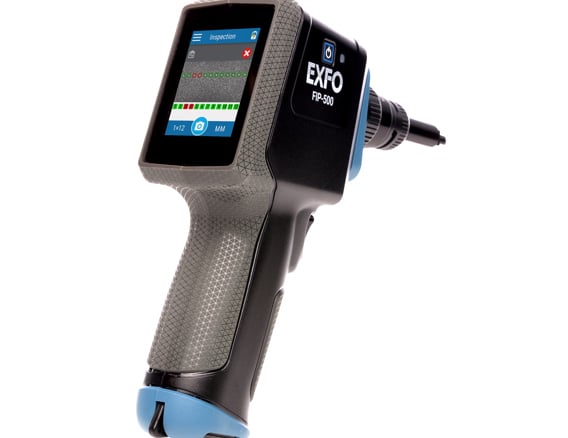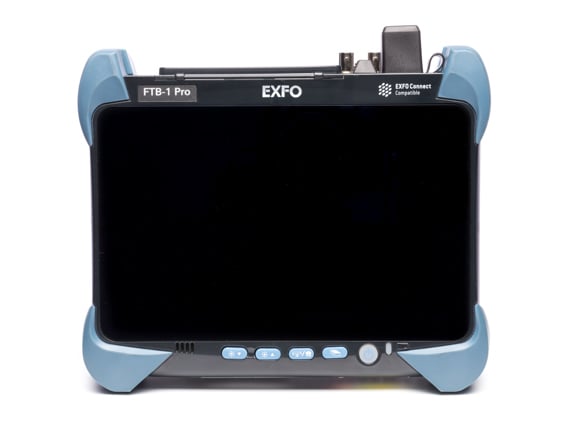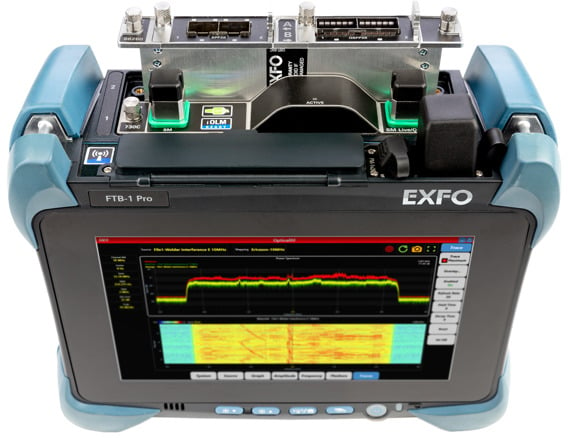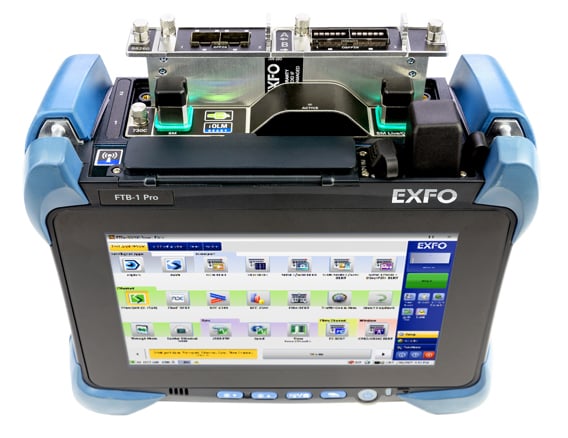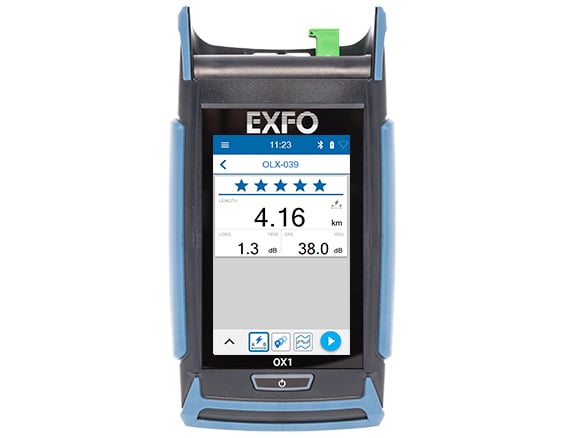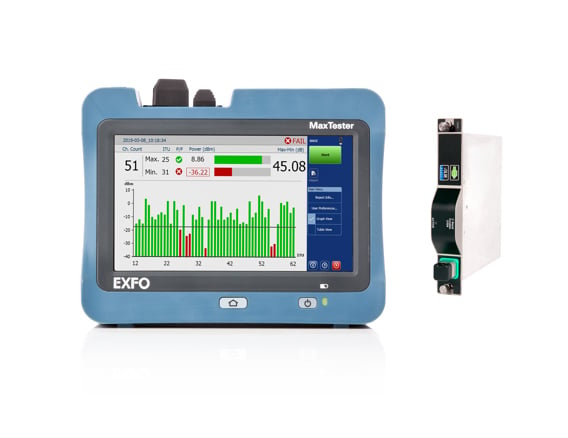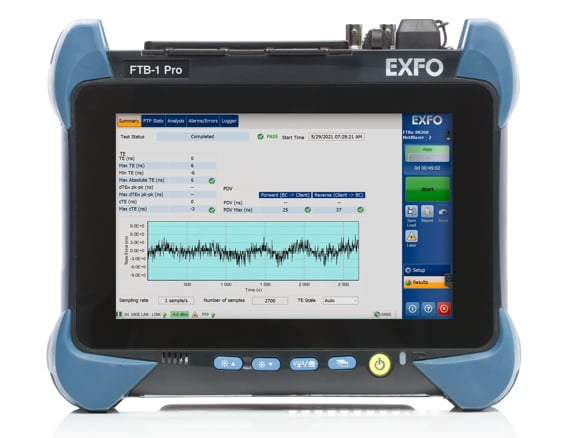Resources
All resources
Webinar
A case study webinar: how a 5G provider improved KPIs and reduced costs - English
(May 16, 2023)
Flyers and pamphlets
Quickly resolve issues, lower operating costs and improve 5G network performance - English
(May 30, 2023)
Flyers and pamphlets
Quickly resolve issues, lower operating costs and improve 5G network performance - 中文
(May 30, 2023)
Flyers and pamphlets
Quickly resolve issues, lower operating costs and improve 5G network performance - Español
(May 30, 2023)
Flyers and pamphlets
Quickly resolve issues, lower operating costs and improve 5G network performance - Français
(May 30, 2023)
Promotional videos
Deploying fiber-to-the antenna: Tips from the top - English
(May 18, 2023)
Blog
5G fronthaul network rollout – Why lab testing of eCPRI and CPRI is key - English
(March 30, 2021)
Spec sheet
Timing and synchronization - English
(June 30, 2025)
Spec sheet
Timing and synchronization - Français
(June 30, 2025)
Spec sheet
Timing and synchronization - 中文
(June 30, 2025)
White papers
C-band spectrum: how it's transforming 5G - English
(July 04, 2022)
White papers
C-band spectrum: how it's transforming 5G - 中文
(July 04, 2022)
Webinar
What’s in store for 5G transport networks: A look ahead into emerging technologies and new use cases - Part 1 - English
(May 16, 2023)
Webinar
What’s in store for 5G transport networks: A look ahead into emerging technologies and new use cases - Part 2 - English
(May 16, 2023)
Blog
5G Testing Challenges: EXFO solutions for top 5 in 5G networks - English
(November 03, 2019)
Blog
RF and 5G new radio: top 5 questions answered - English
(March 15, 2021)





